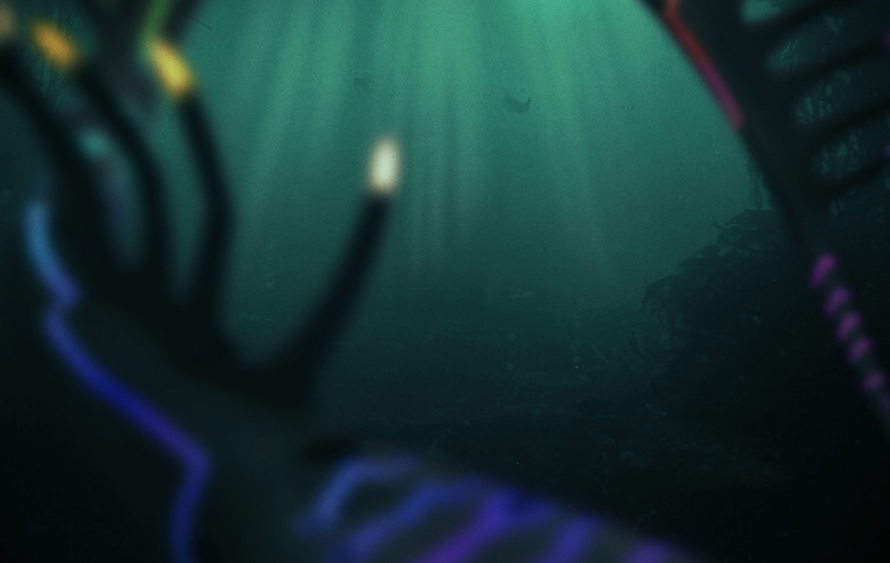
An expedition in Mexico reveals an uncharted lagoon teeming with life, and it's up to junior explorers to learn more about its mysteries. Enter Oztoc: an immersive world where children design circuits to lure bioluminescent creatures from the deep. The game is a first-of-its kind museum installation, combining a state-of-the-art multitouch tabletop display with tactile physical blocks. The result is a hybrid game where students touch physical blocks to create virtual in-game circuits.
Oztoc is an rich environment for research on how children learn programming and design. Three of its features are key to that research:
Rapid Exploration: While physical components mean kids can see and touch circuit parts, using virtual wires lets them quickly build, test, and iterate over the circuit prototypes.
Multiple Views: The museum installation itself is instrumented with multiple video cameras to get a complete view of the action at the table. By coordinating data with video of how students play, Oztoc represents a first-of-its-kind opportunity to understand design-based learning in a museum setting.



Oztoc is a National Science Foundation funded collaboration between the Games+Learning+Society Group at the University of Wisconsin-Madison, The New York Hall of Science (NYSCI), and the Learning Games Network. Co-led by Principal Investigators Leilah Lyons (NYSCI) and Matthew Berland (UW-Madison), the project team combines learning science researchers, game designers, and museum specialists.